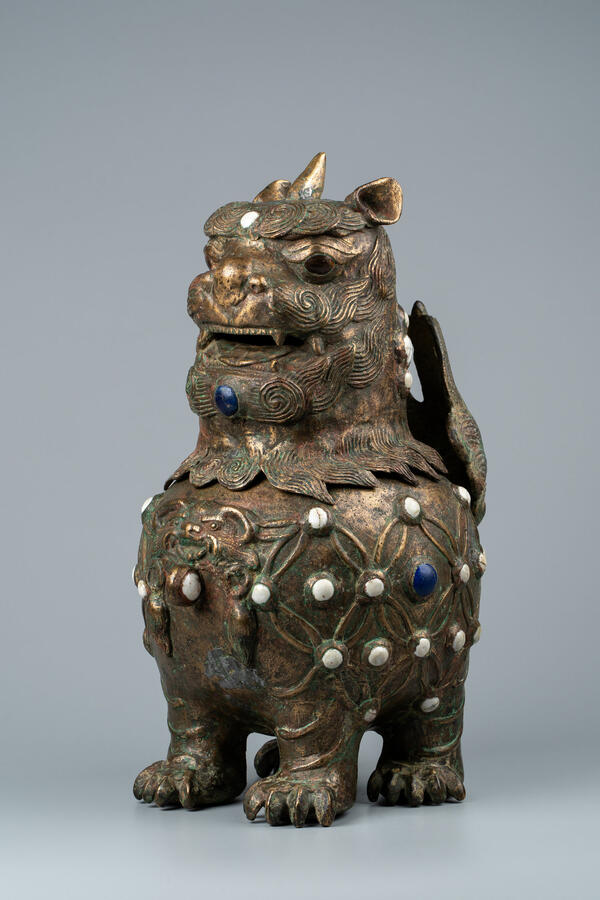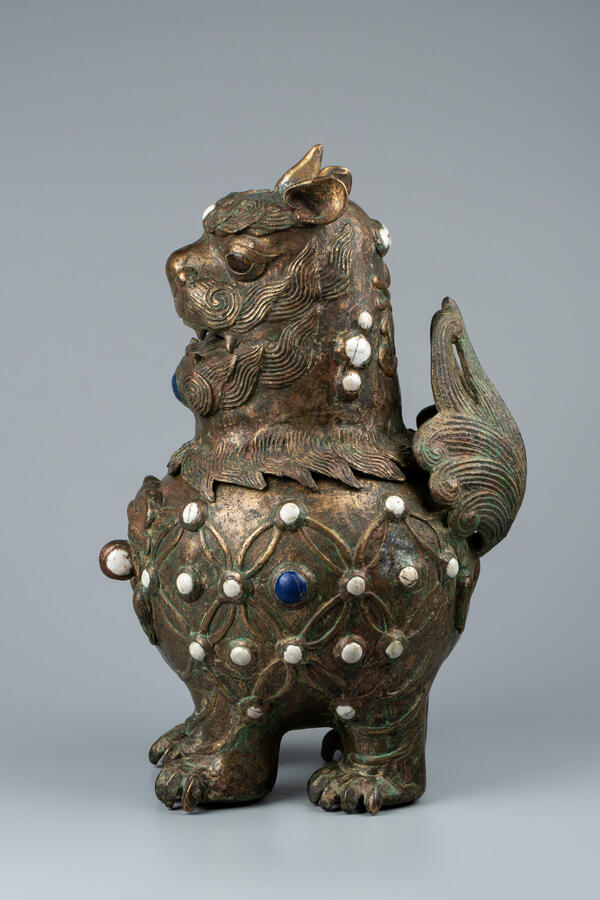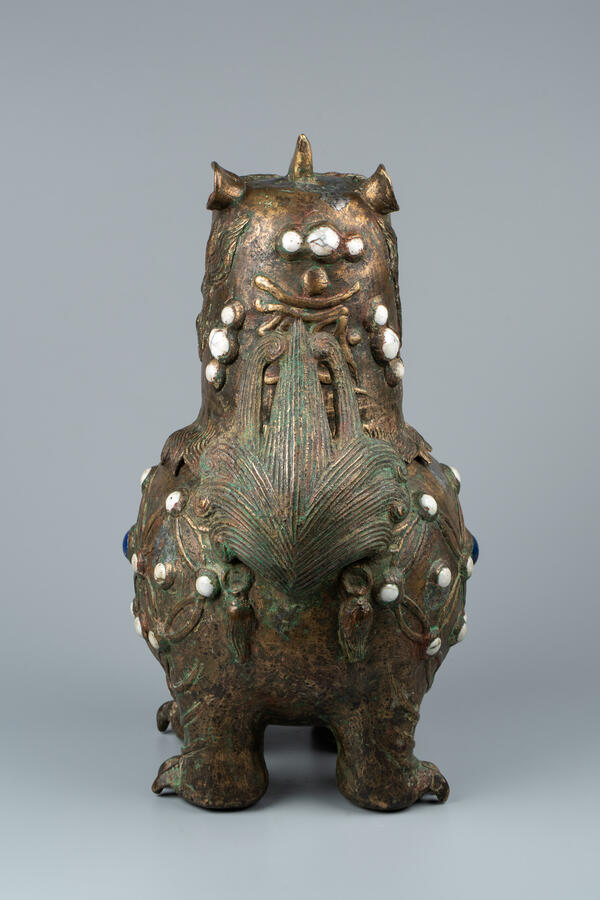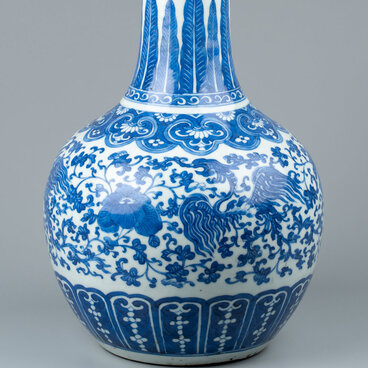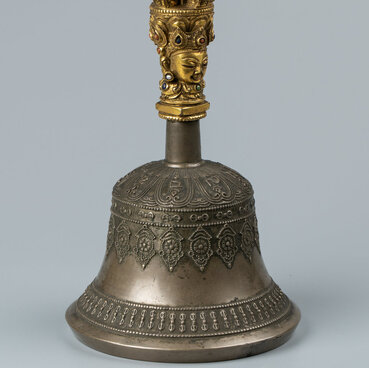The Samara Regional Art Museum houses a collection of Chinese art, in particular a number of exhibits which represent bronze casting from different periods. One of them is a bronze incense burner, a small container for burning aromatic materials during rituals. Incense burners in China have both ritual and practical significance: they are used in religious rituals in Buddhist and Taoist temples, for household needs, sanitation and hygiene, as well as for therapeutic and prophylactic purposes. Incense burners are indispensable elements of temple and park architecture.
One of the incense burners displayed in the museum is made in the form of a mythical creature — the unicorn qilin. Its body is decorated with blue and white enamel inserts. The ancient Chinese considered Qilin to be the embodiment of the moral and ethical category of ren (“humanity”, “humaneness”). Qilin’s only horn is not sharp at all, so this creature cannot harm anyone.
It is widely believed that bronze casting appeared in China in the 2nd millennium BC, during the reign of the Shang Dynasty (1600 — 1046 BC). Due to more thorough archaeological work, Chinese researchers have recently attributed the appearance of artistic casting to an earlier period — before the beginning of the Shang-Yin era. Nevertheless, it is generally assumed that China fully entered the Bronze Age during the Shang dynasty, when the oldest Chinese state was established. During this period the techniques of bronze casting processes were improved. It passed through several evolutionary stages and reached its peak in the 12th — 11th centuries BC, when the technological cycle and decorative methods were finally determined. Bronze items became real works of art.
The museum exhibit is dated to the Ming Dynasty (1368 — 1644). The Ming era came after a tumultuous historical period and became the most remarkable in Chinese history: ordinary everyday life in China was replete with exquisite miscellaneous items, and the country’s culture and art were in their heyday. Chinese craftsmen who worked during this period were famous for their ability to meticulously work out all the details.
One of the incense burners displayed in the museum is made in the form of a mythical creature — the unicorn qilin. Its body is decorated with blue and white enamel inserts. The ancient Chinese considered Qilin to be the embodiment of the moral and ethical category of ren (“humanity”, “humaneness”). Qilin’s only horn is not sharp at all, so this creature cannot harm anyone.
It is widely believed that bronze casting appeared in China in the 2nd millennium BC, during the reign of the Shang Dynasty (1600 — 1046 BC). Due to more thorough archaeological work, Chinese researchers have recently attributed the appearance of artistic casting to an earlier period — before the beginning of the Shang-Yin era. Nevertheless, it is generally assumed that China fully entered the Bronze Age during the Shang dynasty, when the oldest Chinese state was established. During this period the techniques of bronze casting processes were improved. It passed through several evolutionary stages and reached its peak in the 12th — 11th centuries BC, when the technological cycle and decorative methods were finally determined. Bronze items became real works of art.
The museum exhibit is dated to the Ming Dynasty (1368 — 1644). The Ming era came after a tumultuous historical period and became the most remarkable in Chinese history: ordinary everyday life in China was replete with exquisite miscellaneous items, and the country’s culture and art were in their heyday. Chinese craftsmen who worked during this period were famous for their ability to meticulously work out all the details.

